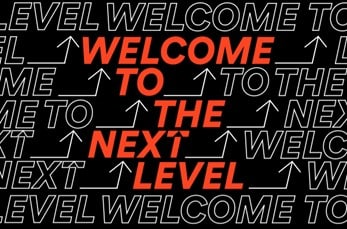A-level results day on 18th August 2022 is arguably much more anticipated than the previous two years, as exams were cancelled due to the pandemic and students were awarded grades based on teacher’s assessments. Therefore, this year’s results day marks a return to marks received from in person exams. This results day is also significant as it is the UK’s first T-level results day. T-levels are two-year courses, they are equivalent to three A-levels. The main difference from traditional A-levels is students time is split: 80% classroom learning; 20% industry placement, Placements are at least 315 hours (approximately 45 days). Therefore, there is an emphasis on preparing students for skilled employment. The first subjects include design, surveying, and planning, digital and education and childcare, with further courses added in the future including health and science, engineering, legal finance and accounting.
A pass at T-level is the same as three A-levels and well over 100 universities are already accepting them. They involve classroom-based learning and stand out from other technical qualifications because 20 per cent of students’ time is spent on the frontline with businesses on work placements.
The success of the new type of qualification is supported by the results with over 92% achieving a pass or above. Many have already secured their first job or an apprenticeship in areas like mechanics and digital product design, and 370 students, 71% of those who applied, have so far been placed onto a university course, demonstrating the flexibility and appeal of these courses that students have the choice of university, employment, or an apprenticeship. The introduction of T-levels is a welcome change in the education system for students that seek an alternative to the traditional A-levels qualification.
There is arguably not a better time for students to graduate from the T-level programme with businesses struggling in all aspects from cost of living to recruiting a skilled workforce. Businesses need a skilled workforce, but many struggle to find the skills they need at a price they can afford. Now is also the perfect time for employers to break out of that cycle by getting on board with T-levels and training their own workforce for the future.


